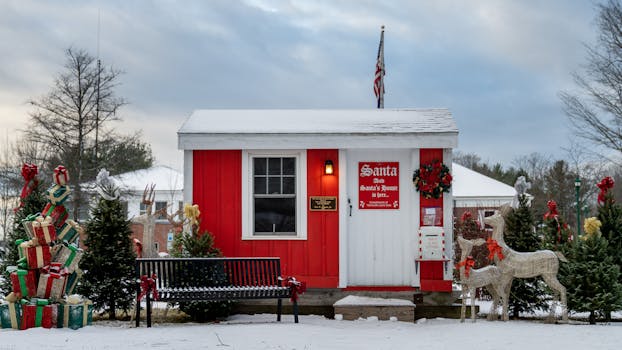Table of Contents
The Pioneering Footsteps of the Jesuits: A Deeper Dive into the 1683-1767 Jesuit Establishments
The Pioneering Footsteps of the Jesuits: A Deeper Dive into the 1683-1767 Jesuit Establishments
The Inception and Growth of the Jesuit Order (1540-1683)
The Society of Jesus, more commonly known as the Jesuits, has been a pivotal part of the Catholic Church for over four centuries. Founded by Ignatius of Loyola in 1540, the Jesuits quickly spread their influence across Europe, establishing schools, universities, and missions. Known for their intellectual rigor, spiritual depth, and commitment to both faith and justice, the Jesuits were on the precipice of a new chapter in their history by 1683.
The Educational Impact of Jesuit Establishments
From 1683, the Jesuits' establishments were primarily educational institutions. They firmly believed in the transformative power of education, both for individuals and society. Consequently, they set up schools and universities across Europe, Asia, and the Americas, which were celebrated for their high academic standards, liberal arts emphasis, and commitment to holistic human formation.
In France, the Jesuits founded the prestigious Louis-le-Grand school in Paris, which educated future luminaries like Voltaire and René Descartes. Meanwhile, in the Americas, they established Georgetown University, the oldest Catholic university in the United States. In Asia, St. Paul's College in Macau, the first Western-style university in East Asia, was their contribution.
The Jesuits: Pioneers in Science and Cultural Exchange
Beyond education, Jesuit establishments were hubs of scientific research, cultural exchange, and spiritual formation. The Jesuits were pioneers in fields like astronomy, cartography, and linguistics. They built observatories, created maps, and translated texts. They engaged in dialogue with other cultures and religions, deepening their understanding of the Christian faith.
Challenges and Persecutions: The Jesuit Struggle
The period from 1683-1767 was also marked by controversy and conflict. The Jesuits often found themselves at odds with the political powers of the time. Their unwavering loyalty to the Pope and refusal to compromise on matters of faith made them targets of persecution. In 1767, King Charles III of Spain expelled the Jesuits from his territories, a move that was echoed by other European rulers.
The Legacy of the Jesuit Establishments
Despite these challenges, the Jesuit establishments continued to flourish. They adapted to changing circumstances, remained faithful to their mission, and left a lasting legacy. Today, their influence can still be seen in the numerous Jesuit schools, universities, and social institutions around the world.
The history of the Jesuit establishments from 1683 to 1767 is a testament to faith, courage, and resilience. It's a story of men who believed in the power of education, the pursuit of knowledge, and the service of others. Their legacy invites us to continue their mission of seeking truth, promoting justice, and serving humanity.
Conclusion: The Enduring Impact of Jesuit Establishments
In conclusion, the Jesuit establishments from 1683 to 1767 were more than just buildings; they were beacons of hope, knowledge, and faith. They were the crucibles where minds were sharpened, hearts were kindled, and souls were shaped. Their history is not just a chapter in the past; it's a guidepost for the future. It's a story that's still being written, a journey that's still unfolding, and a legacy that's still being lived.
As we delve deeper into the annals of history, the Jesuit establishments stand as a testament to the enduring power of faith and the transformative potential of education. They remind us that even in the face of adversity, it is possible to make a difference and leave a lasting legacy.
Do you want to learn more about the Jesuits and their enduring influence? Explore our collection of articles on the Society of Jesus and discover how their legacy continues to shape our world today.









